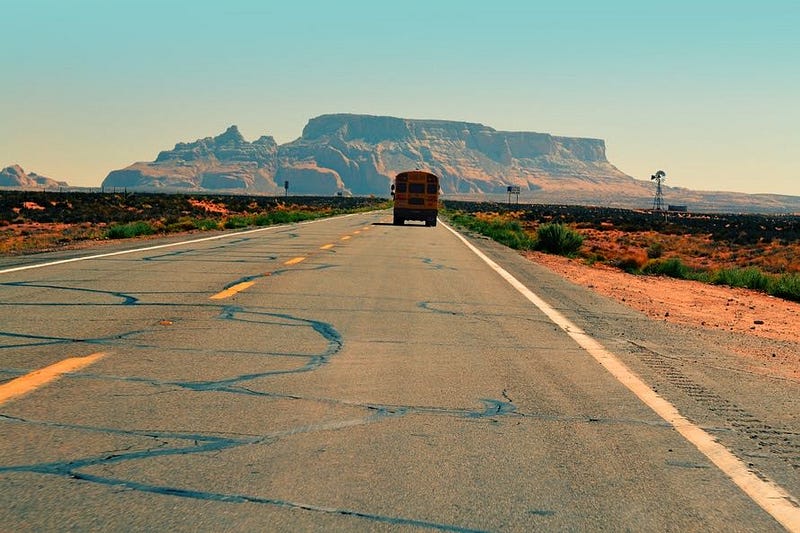By Madison Knobloch

Since 2011, a large area of high pressure over the pacific coast next to California, appropriately named the “Ridiculously Resilient Ridge,” or RRR, has been diverting storm systems further north. High pressure ridges are not uncommon, however, the stability of this one specifically is unmatched in the record books. This ridge was later enforced by another anomalous weather event dubbed “The Blob.” This blob is a zone of highly irregular water temperatures above 3° C off the coast of the Pacific North West region. The combination of these two areas has left California high and dry for four years, depleting nearly all of their water sources.
Both the RRR and The Blob have existed for many, many years. As a result, scientists question whether the current drought can be attributed to climate change or global warming. Jack Williams, Professor of Geography and Director of Nelson Institute for Climatic Research at UW — Madison says, “We’re heading into new climate conditions. We haven’t seen a world that has sustained high temperatures; so a lot of this is learning as we go. It is very difficult to attribute any single climate event to climate change. What we can definitely say is that climate change makes these sorts of droughts more likely.” Williams claims that with climate change, we are bound to see an increased variability in weather, making weather events, including droughts, more extreme.
The persistent lack of precipitation in the last four years has impacted the snowpack in the Sierra Nevada Mountains as well. Roughly one third of California’s drinking water originates from this runoff. California Department of Water Resources has been tapping into Tahoe City, which is situated off the north shore of Lake Tahoe, as snow levels drop. Between October and March of 2014, only 20 inches of snow had fallen in Tahoe City-12 feet less than average. To top it off, California did not receive snow at all in January of 2014, usually Tahoe City’s snowiest month. 2014 was also California’s warmest year on record.
This snowpack depletion has caused scientists and legislators to become anxious for winter weather. Snow is the deciding factor in the debate of whether the approaching 2015 El Niño weather system will help or hinder California’s current conditions.
El Niño conditions usually take place every two to seven years when the equatorial westerly winds diminish. As a result, the Humboldt Current, a cold ocean current, weakens, allowing the waters along the coast of South America to be warmer than usual. The warmer water leads to a shift in weather patterns that typically cause West Coast storm systems to move further south.
So, the regular rains of Seattle will be diverted to Southern California and Mexico. Does this mean that California’s drought will finally be relieved with the predicted torrential downpours associated with El Niño? Many scientist think otherwise. In the most recent El Niño, that of the ’97-’98 winter, rains reached California in quantities never seen before — but only southern California. Precipitation in the south won’t replenish the snow in the Sierras. “People are very hopeful that this El Niño will, if not end the drought, really pare it back. But, those who are in the business of forecasting El Niños are always very quick to say we have a very limited sample size, and each one is very different,” Williams comments. Williams is optimistic because this El Niño is predicted to be a relatively strong one; however, he pointed out that even with excessive precipitation, it is hardly likely to replace all the ground water that has been pumped over the last four years. Adding to speculations, as of October, the National Weather Service and the National Oceanic and Atmospheric Administration released hopeful 3-month predictions of temperature and precipitation that showed all of California being hit by the El Niño rains.
After being hit with four years of drought conditions, California legislators have taken notice. In April 2015, Governor Brown passed an executive order prioritizing water-saving goals, increasing enforcement against water waste, investing in new technologies, and streamlining the government’s responses to the issues concerning the drought. Cities around California have taken measures like switching out their lawns for turf to avoid having to water their lawns. In fact, one town in California, Fort Bragg, even mandated that their restaurants use paper plates to save the water from washing dishes.
But Californians aren’t the only ones who should be proactive about drought. Williams says that with climate change, extreme weather conditions become more extreme and less predictable. In the Midwest, “Our greenhouse gas rises and pollution will contribute to droughts and water scarcity in the west. It will lead the sea to rise which will have a big effect on the eastern seaboard. It will affect the duration of seasons, where species live… A lot of people will be affected all at once by climate change,” says Williams. The most important thing we can do is invest in renewable energy and technologies to help take carbon dioxide out of the air. As a society, we can only last so long once our water runs out.
